General Landscape Uses: Accent groundcover in residential and commercial landscapes. Identified by Fair Child Tropical Botanic Garden as a native that does especially well in shade in this brochure.
Ecological Restoration Notes: A common element in pine rocklands of southern Miami-Dade County, relatively rare in a number of other mesic ecosystems.
Description: Medium shrub-like herb with an underground stem. Leaves fernlike.
Dimensions: Typically 1-4 feet in height. Usually as broad as tall.
Growth Rate: Slow to very slow.
Range: Southeastern Georgia and Florida; Bahamas, Cuba, Cayman Islands and Puerto Rico (where extinct).
Habitats: Pine rocklands and hammocks.
Soils: Moist, well-drained sandy or limestone soils, with or without humusy top layer.
Nutritional Requirements: Moderate to low; it prefers soils with organic content, but will still grow reasonably well in nutrient poor soils.
Salt Water Tolerance: Low; does not tolerate long-term flooding by salt or brackish water.
Salt Wind Tolerance: High; can tolerate moderate amounts of salt wind without significant injury.
Drought Tolerance: High; does not require any supplemental water once established.
Light Requirements: Full sun to light shade.
Flower Color: Brown cone.
Flower Characteristics: Cone. Dioecious, with male and female flowers on separate plants. The male cone is slender, while the female cone is much broader, both about 3-6″ tall. The seeds are brilliant orange, about 1/2-1″ long.
Flowering Season: All year.
Fruit: Brown cone.
Wildlife and Ecology: Larval host plant for atala (Eumaeus atala) butterflies. Attracts butterfly and beetle pollinators.
Horticultural Notes: Can be grown from de-pulped seed, covered by a thin layer of soil. Community pots can be used so long as there is sufficient room for the deep tap root. Germination can be very slow; carefully filing or cracking the seed coat may speed germination. It can also be grown from division.
An excellent groundcover, but frequently attacked by the larvae of the atala butterfly, especially when planted in masses. Plants will recover but can be unsightly for an extended period of time.
References: Nelson 2003, Schaefer & Tanner 1997
Comments: More closely related to pine trees than other plants, coontie has long been utilized in South Florida. The starchy tuber, which is poisonous unless properly treated, was harvested as “Florida Arrowroot” by native Americans and early settlers. It has long been collected by the nursery trade, a practive now illegal without a permit. It is listed as commercially exploited by the state of Florida. See also a 2022 post on the Treasure Coast Natives blog on the history, pollination and uses of Coontie.
Although some authors place this into synonymy under Z. pumila, we follow the taxonomy of the World List of Cycads. Most plants sold in the nursery trade as Z. pumila are actually Z. integrifolia, but some are Z. pumila or other taxa from the West Indies.

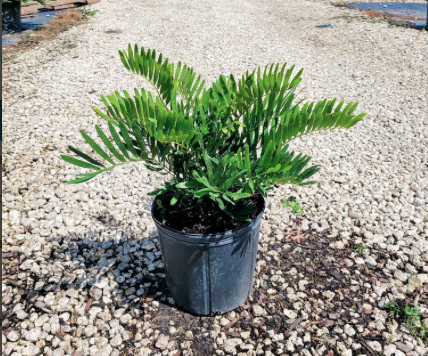
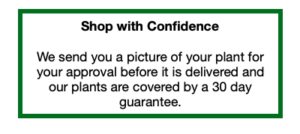
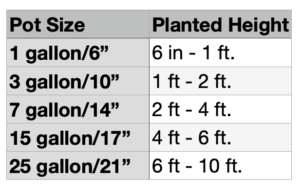
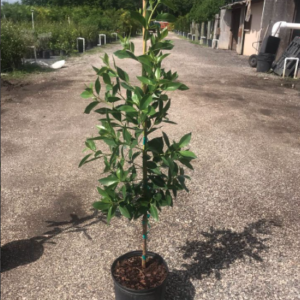
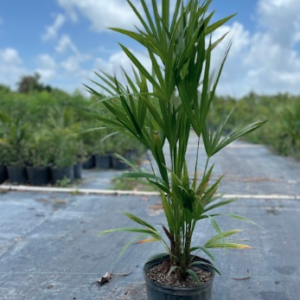
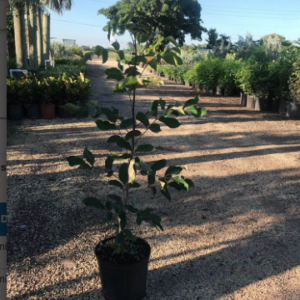
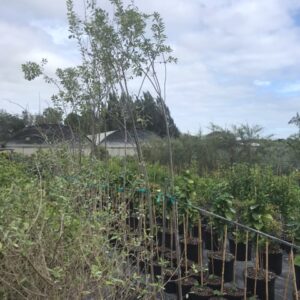
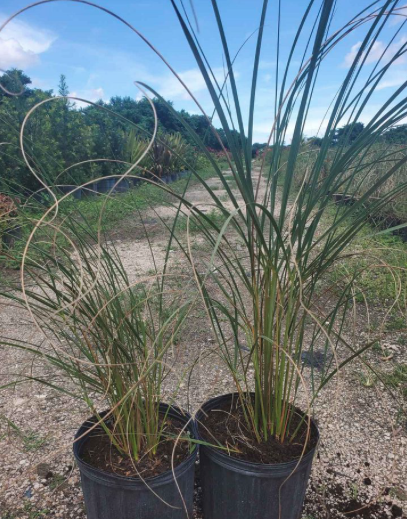
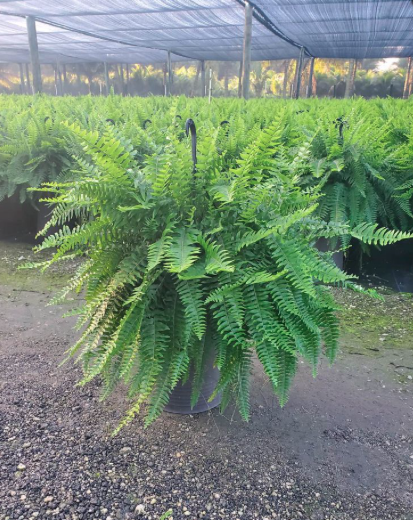
Cesar –
Great for the Atala butterfly.
Wesley S. –
Great groundcover.